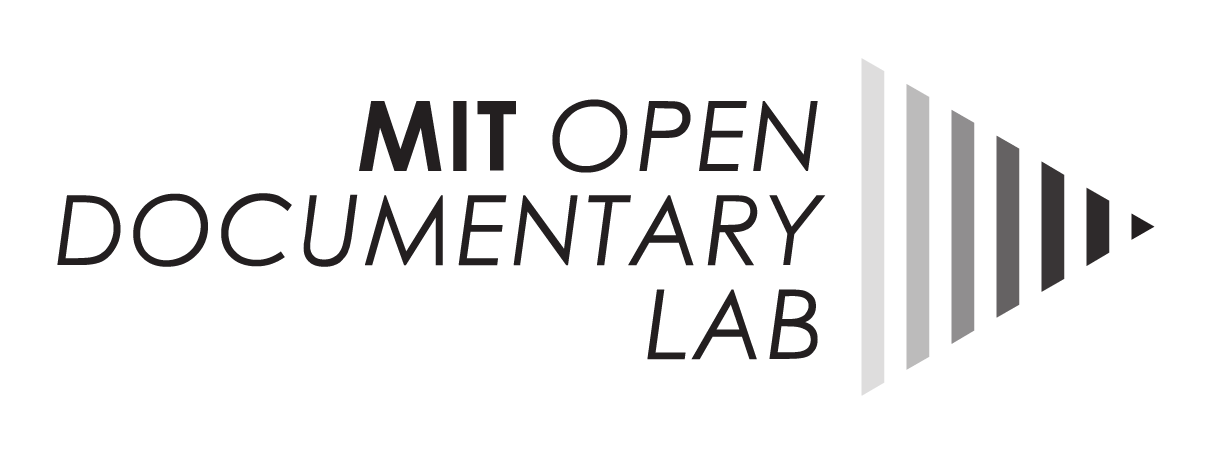
02 Dec Research Forum | Arnau Gifreu Castells on the distinction between linear and interactive documentary, Part 4
The Research Forum is OpenDocLab’s space for researchers to voice their opinions and test new theories. As part of our mission to promote the exchange of ideas about the new arts of documentary, we hope to encourage academic discussion and debate about these emerging forms by creating a place where researchers can develop ideas and interact with the field. The views presented here belong to their authors, and will necessarily take different forms. In the spirit of the documentaries we study, we look forward to community collaboration and exchange as the ideas explored in the Research Forum take root, grow and support the development of the field.
The distinction between linear and interactive documentaries: the hypertext allows a new dimension
by Arnau Gifreu Castells
Since March 2013 we have been trying to define the interactive documentary with our Research Position at Open Documentary Lab. In the initial series, we focused on analysing the two main components of the interactive documentary field – the documentary genre and interactive media – outlining some key concepts in the two fields.
In the next series of posts we will establish the basic distinction between linear and interactive documentaries, focusing in this fourth part on the hypertext.
Interpretation has always been a controversial concept and hypertext increases its complexity because it alters its mechanisms and extends the interpretative density of messages. Leaving aside the details of the interpretative hypertext, in the same way as the journalistic hypertext has incorporated mechanisms to generate a new way of informing (information hypertext), interpretative narratives find, in this fragmented writing, new avenues for the development of its various discourses. We must speak, therefore, of a re-dimensioning of the interpretative genre that is reflected in the replacement of a beginning, middle and end by thematic categories of discourse used for the development of the theme and context for the background story, the inclusion of additional information and the documentation of the facts.
These categories generate a type of descriptive interpretation enriched, not only by its greater breadth and depth, but also by the coherent links it establishes with other categories. Furthermore, the possibility of combining this discourse with debate or comment through the link to blogs, forums, social networks, etc., permits the inclusion of other forms of interpretation such as evaluation. It is, therefore, in the digital environment that the documentary becomes richest in terms of information and interpretation, since it is then a mixed genre which not only combines information with interpretation, but also with debate.
The complementing of the documentary discourse with other genres characterized by their interactivity and multimedia leads to the possibility of introducing participatory elements in the narrative (forums, chats, blogs, participatory interviews, online games and/or the sending of content) that allow the user to intervene and, therefore, increase their involvement in the subject. All this leads us to consider our object of study, while still a new format, as a meta-format which can embrace different formats, discourses and user experiences.
Following Kate Nash’s ideas (2011), and to sum up with this series, we can say that the interactive documentary invites a reconsideration of the methods by which we seek to understand documentary. The new forms made possible by new technologies extend the documentary project into a new media space. The methods and concepts that have been developed in order to understand audio-visual non-fiction are likely, therefore, to provide some insights into this emerging form of documentary. As a new media object, however, the webdoc challenges traditional methods of study. Textual analysis, a key method of documentary study since the 1970s (Corner, 2008) becomes problematic when, potentially at least, there are as many ways of engaging with the documentary text as there are users. We need time and more research to understand this interesting new form. But we are on the right path.
Arnau Gifreu Castells (PhD)
Research Affiliate, MIT Open Documentary Lab
agifreu@mit.edu
Post image: Catalina Acelas
References
Gifreu, Arnau (2012), The interactive documentary as a new audiovisual genre. Study of the emergence of the new genre, approach to its definition and taxonomy proposal and a model of analysis for the purposes of evaluation, design and production. [Doctoral Thesis]. Barcelona: Universitat Pompeu Fabra. Communication Department.
Nash, Kate, “Modes of interactivity: analysing the webdoc” in: Media, Culture & Society, 34 (2), 2011, pp.195-210.
Bonus tracks / Further readings
Modes of interactivity: analysing the webdocs – Kate Nash
http://mcs.sagepub.com/content/34/2/195.full.pdf
Differences between linear and interactive documentaries – Arnau Gifreu (via i-docs)
On the loss of control over the narrative. New roles on the interactive documentary (I) – Arnau Gifreu (via i-docs)
Significant differences between the two models. New roles on the interactive documentary (II) – Arnau Gifreu (via i-docs)



